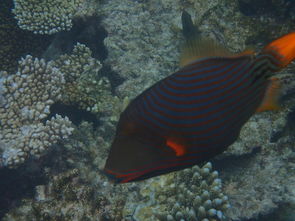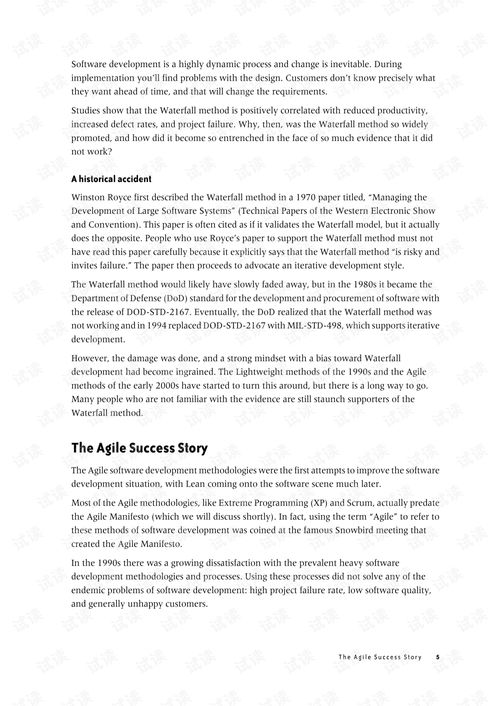Content:
Introduction: Sea fishing is an exhilarating activity that allows enthusiasts to connect with nature and enjoy the thrill of catching fish in their natural habitat. One of the fundamental skills required for successful sea fishing is mastering the art of casting. In this article, we will delve into the essential techniques for casting a fishing rod, providing you with valuable insights to enhance your sea fishing experience.

Choosing the Right Equipment: Before diving into the casting techniques, it is crucial to select the appropriate equipment. Ensure that your fishing rod, reel, and line are suitable for sea fishing. A strong and flexible rod with a smooth reel and a suitable line are essential for successful casting.
1 Rod Selection: A sea fishing rod should be sturdy enough to handle the weight of the fish you intend to catch. The length of the rod also plays a vital role. Longer rods provide more leverage, allowing for longer casts, while shorter rods are more maneuverable in tight spaces. Consider your fishing location and the type of fish you are targeting when selecting a rod.
2 Reel Selection: A spinning reel is commonly used for sea fishing due to its versatility and ease of use. Choose a reel that is appropriate for the weight of your fishing line and the type of fish you are targeting. Ensure that the reel is well-maintained and properly lubricated for smooth operation.
3 Line Selection: The choice of line depends on various factors, including the type of fish, water conditions, and fishing technique. Monofilament line is popular due to its flexibility and strength. Fluorocarbon line, on the other hand, is more resistant to abrasion and is suitable for fishing in murky waters. Ensure that your line is suitable for the conditions you will be fishing in.
Proper Casting Technique: Once you have the right equipment, it is time to focus on the casting technique. Here are some essential steps to follow:
1 Load the Reel: Before casting, ensure that your reel is properly loaded with the appropriate amount of line. This allows for a smooth and accurate cast.
2 Positioning: Stand with your feet shoulder-width apart, and hold the rod with both hands. Position the rod at a 45-degree angle to your body, ensuring a comfortable grip.
3 Backing the Cast: Begin by lifting the rod back slowly, allowing the line to unravel from the reel. Keep your wrist and arm straight during this process. The longer the rod, the further back you can load the cast.
4 Powering the Cast: Once you have reached the desired backcast distance, power through the cast by rotating your wrist and arm. Use a smooth, controlled motion to propel the line forward. Avoid abrupt movements or jerks, as this can cause the line to twist or tangle.
5 Follow-Through: After releasing the line, continue the motion with your arm and wrist, allowing the rod to follow through. This ensures a straight and accurate cast.
Adjusting Your Casting Technique: Every fishing situation may require adjustments to your casting technique. Here are some tips to help you adapt:
1 Wind Conditions: In windy conditions, it is essential to cast against the wind. Aim your cast slightly to the left if you are right-handed, and vice versa. This allows the wind to assist in carrying the line further.
2 Water Conditions: In calm waters, you can cast with more power and accuracy. In choppy or turbulent waters, it is advisable to use a lighter touch and focus on precision rather than distance.
3 Targeting Fish: When targeting fish, consider their habits and feeding patterns. Cast towards areas where fish are likely to be found, such as structure, baitfish schools, or areas with current.
Conclusion: Mastering the art of casting is an essential skill for successful sea fishing. By selecting the right equipment, following proper casting techniques, and adjusting your approach to different conditions, you can enhance your chances of catching fish. Practice regularly, and soon you will become a proficient caster, ready to explore the vast and exciting world of sea fishing.












